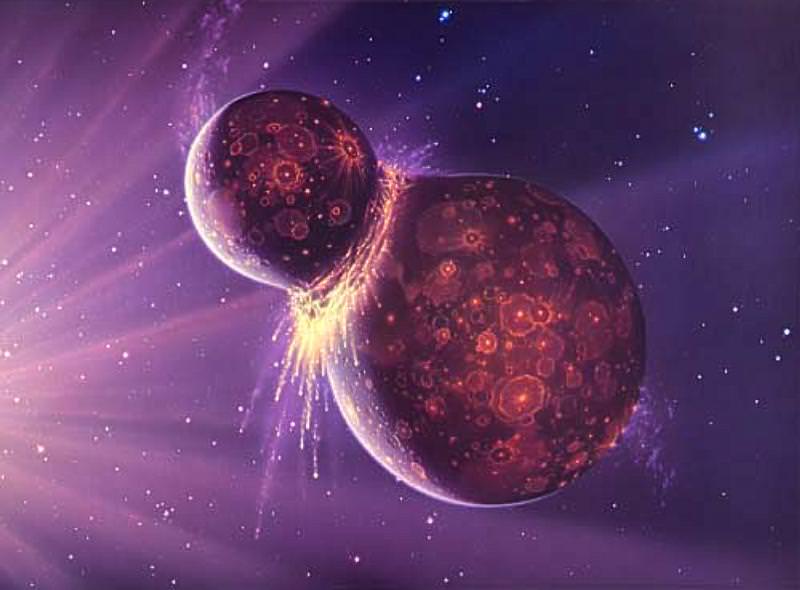
The Big Bang was a tremendous theory, but it had a few problems. In 1980 Alan Guth developed the revolutionary theory of cosmic inflation, and astronomers have been looking for evidence to this day.
Continue reading

A study produced by an international team of researchers, using the HARPS-N survey, has detected a potentially habitable super-Earth just 21 light years away.
Continue reading

Continue reading

Juno is starting to reveal the complexity and beauty of our Solar System's largest planet.
Continue reading

In the hopes of telling us more about Near-Earth Objects, the NELIOTA project has begun to study bright flashes on the Moon, which are generated by meteors striking the surface.
Continue reading

Located 577 light years away in the Cancer constellation is the open star cluster known as the Beehive Cluster (aka. Messier 44 or Praesepe)
Continue reading

SpaceX is targeting a June 1 blastoff for the firms next cargo delivery mission to the International Space Station (ISS) for NASA following today's (May 28) successful test firing of the Falcon 9 booster's main engines on the Florida Space Coast under sunny skies.
Continue reading

The Sun uses its enormous mass to crush hydrogen into fusion, releasing enormous energy. How long will it be until we've got this energy source for Earth?
Continue reading

While viewing a massive star in the Fireworks Galaxy that was expected to go supernova, a team of astrophysicists instead found that it had formed a black hole.
Continue reading

Earlier this week, the island nation of New Zealand made history with the first successful launch of a rocket from their soil. The rocket in question was Rocket Lab's Electron prototype.
Continue reading

The Trump Administration has proposed a $19.1 Billion NASA budget request for Fiscal Year 2018, which amounts to a $0.5 Billion reduction compared to the recently enacted FY 2017 NASA Budget. Although it maintains many programs such as human spaceflight, planetary science and the Webb telescope, the budget also specifies significant cuts and terminations to NASA's Earth Science and manned Asteroid redirect mission as well as the complete elimination of the Education Office.
Continue reading

Continue reading

Located in the southern hemisphere is the small constellation of Columba, one of the 88 constellations currently recognized by the IAU.
Continue reading

A team of Japanese researchers were able to fertilize mice embryos and produce a healthy litter of mice using frozen sperm that spent nine months in space.
Continue reading

Tabby's Star is dimming again, and two new studies have been released that offer new and interesting theories on what could be causing it.
Continue reading

Continue reading

In the space of just 3 days, a pair of NASA astronauts conducted an unplanned and rapidly executed contingency space walk on the exterior of the space station on Tuesday, May 23 in order to replace a critical computer unit that failed over the weekend.
Continue reading

Under the right conditions, two colliding rocky bodies might form a temporary structure called a 'synestia'. This rotating mass of partially vaporized rock would might only last a hundred years or so.
Continue reading

Continue reading

The "ice giant" Neptune, the farthest planet from our Sun, is made up of gases, super-heated liquids, and maybe even diamonds!
Continue reading

 Universe Today
Universe Today


















